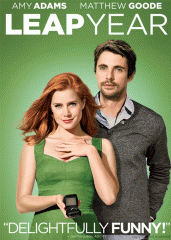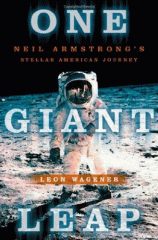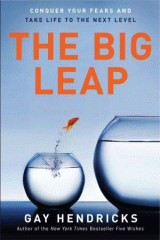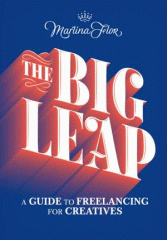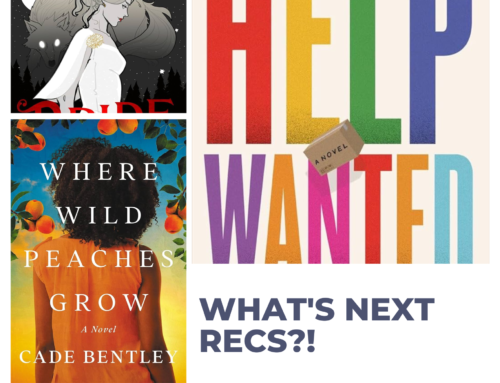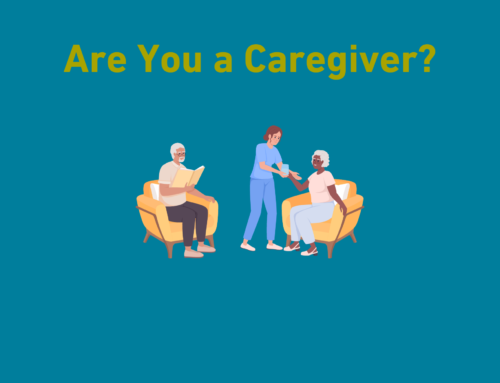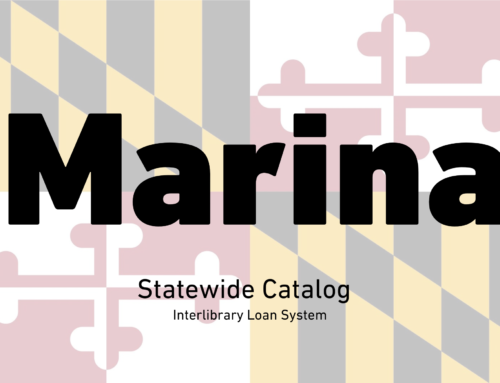
February 29 is coming up, and anyone who has a birthday on that day has been studying the calendar with joy, proudly seeing their day in full display to all. Although most of us know we get an extra day added to our calendar at the end of February almost every four years, many of us might be a little fuzzy on all of the ins and outs of why and why not every four years. So, let’s leap into the history and reasoning behind the Leap Year Day and then see what else we can leap into.
Leap Day, February 29, is officially known as Intercalary Day. Not to be confused with intercalorie, it means ‘inserted into the calendar.” This day is added to make sure our seasons run according to the way we think they should. As stated on the NASA website, What Is a Leap Year, “It takes Earth approximately 365 days and 6 hours to orbit the Sun. It takes Earth approximately 24 hours — 1 day — to rotate on its axis. So, our year is not an exact number of days. Because of that, most years, we round the days in a year down to 365. However, that leftover piece of a day doesn’t disappear. To make sure we count that extra part of a day, we add one day to the calendar approximately every four years.”
Adding this day to the year keeps our seasonal calendar more or less aligned with the earth’s rotations around the sun. If we didn’t add the extra day almost every four years, we would be short by 5 hours, 46 minutes, and 48 seconds each year, which would mean that every 100 years, our calendar would be behind by 24 days. If we kept this up, by 2124, winter would start in November, but by 2324, winter would begin in September! That could mean a lot of snow days at the beginning of the school year.
So, who figured this out? Scholars in the Roman Empire at the time of Julius Caesar, around 46 BC, devised what is known as the Julian calendar. This system added a day every four years, which, over time, actually put the calendar ahead of where it needed to be. By 1582, the calendar was 12.7 days ahead of the seasonal calendar, making the rhythm of planting and harvesting off from the months shown on the calendar. To correct this, Pope Gregory XIII instituted the Gregorian calendar, which changed the number of times leap years were observed. According to NASA’s website on Calendar Calculations, “The Gregorian calendar came into use in Roman Catholic countries in October 1582 when the seasons were brought back into step by eliminating 10 days from the calendar then in use. Thursday, October 4, was followed by Friday, October 15 (which caused some consternation among the populace, especially those with birthdays on the eliminated dates!). Britain and its colonies did not introduce the Gregorian calendar until September 1752, by which time an additional one-day correction was required.”
Today, we still follow the Gregorian calendar, which adds an extra day at the end of February every year that is divisible by 4, except for century years, which must be divisible by 400 in order to qualify for leap years. This means that 2400 will be the next century year to qualify as a leap year.
So, take advantage of the extra day this year to leap into a good book, movie, or maybe even a new job or hobby. Here are some suggestions to help you make the leap:
“When Anna’s four-year anniversary to her boyfriend passes without an engagement ring, she decides to take matters into her own hands. Inspired by an Irish tradition that allows women to propose to men on Leap Day, Anna follows Jeremy to Dublin to propose to him. But after landing on the wrong side of Ireland, she must enlist the help of Declan, a handsome and carefree local man, to get her across the country. Along the way, they discover that the road to love can take you to very unexpected places.”
One Giant Leap : Neil Armstrong’s Stellar American Journey by Leon Wagener
“A biography of the first astronaut to walk on the moon draws on NASA archives and interviews with family and friends to portray an enigmatic and private man who braved the dangers of space travel to become a member of the Apollo 11 crew.”
“Most of us believe that we will finally feel satisfied and content with our lives when we get the good news we have been waiting for, find a healthy relationship, or achieve one of our personal goals. However, this rarely happens…In The Big Leap, Hendricks reveals a simple yet comprehensive program for overcoming this barrier to happiness and fulfillment, presented in a way that engages both the mind and heart. Working closely with more than 1,000 extraordinary achievers in business and the arts, from rock stars to Fortune 500 executives, whose stories are featured in these pages, the book describes the four hidden fears that are at the root of the Upper Limit Problem…Hendricks provides a clear path for achieving our true potential and attaining not only financial success but also success in love and life.” [Summary condensed from Amazon]

The Quantum Leap Series
Join Dr. Sam Beckett, a time traveler lost in time who temporarily leaps into the bodies and lives of other people to put right what once went wrong. Accompanied by Al, a wise-cracking holograph that only Sam can see and hear, Sam twists the hands of fate with each heart-pounding, action-packed adventure in the hopes that he can someday complete the mission that will take him home.
The Big Leap : A Guide To Freelancing For Creatives by Martina Flor
“In this hip and practical career guide to going freelance, creative workers will learn everything from how to price their work, set up a workspace, identify potential clients, network, manage their time, and even choose an agent and hire subcontractors.”
Leap of Faith by Danielle Steel
“Marie-Ange Hawkins enjoyed the luxury of an idyllic childhood, living in a beautiful old French chateau with loving parents and an older brother … until a tragic accident left her orphaned and alone at the tender age of 11.”
[Also available in Large Print and CD version]
One Giant Leap : The Impossible Mission That Flew Us To The Moon by Charles Fishman
“The remarkable story of the trailblazers and the ordinary Americans on the front lines of the epic mission to reach the moon. President John F. Kennedy astonished the world on May 25, 1961, when he announced to Congress that the United States should land a man on the Moon by 1970. No group was more surprised than the scientists and engineers at NASA, who suddenly had less than a decade to invent space travel. When Kennedy announced that goal, no one knew how to navigate to the Moon. No one knew how to build a rocket big enough to reach the Moon or how to build a computer small enough (and powerful enough) to fly a spaceship there. No one knew what the surface of the Moon was like or what astronauts could eat as they flew there… Over the next decade, more than 400,000 scientists, engineers, and factory workers would send 24 astronauts to the Moon. Each hour of space flight would require one million hours of work back on Earth to get America to the Moon on July 20, 1969. Fifty years later, One Giant Leap is the sweeping, definitive behind-the-scenes account of the furious race to complete one of mankind’s greatest achievements… One Giant Leap is the captivating story of men and women charged with changing the world as we knew it—their leaders, their triumphs, their near disasters, all of which led to arguably the greatest success story and the greatest adventure story of the twentieth century.” [Condensed from Cosmos]
[Also available in Large Print and E-book]
Leap Of Faith : Finding Love The Modern Way by Cameron Hamilton & Lauren Speed
“The fan-favorite couple from Netflix’s Love Is Blind share their ups and downs after two years of marriage, love advice for the modern world, and behind-the-scenes anecdotes from the pods.”
Trader’s Leap by Sharon Lee and Steve Miller
“Clan Korval saved Liaden civilization from insurrection within, and its reward has been relentless pursuit by enemies. Now, the exiled clan leadership has sent Korval Master Trader Shan yos’Galan to establish new trade routes – the sooner, the better. Korval’s very existence depends on his success.”
Here’s to a great rest of the Leap Year!
(Unless otherwise noted, all summaries were taken from COSMOS.)

